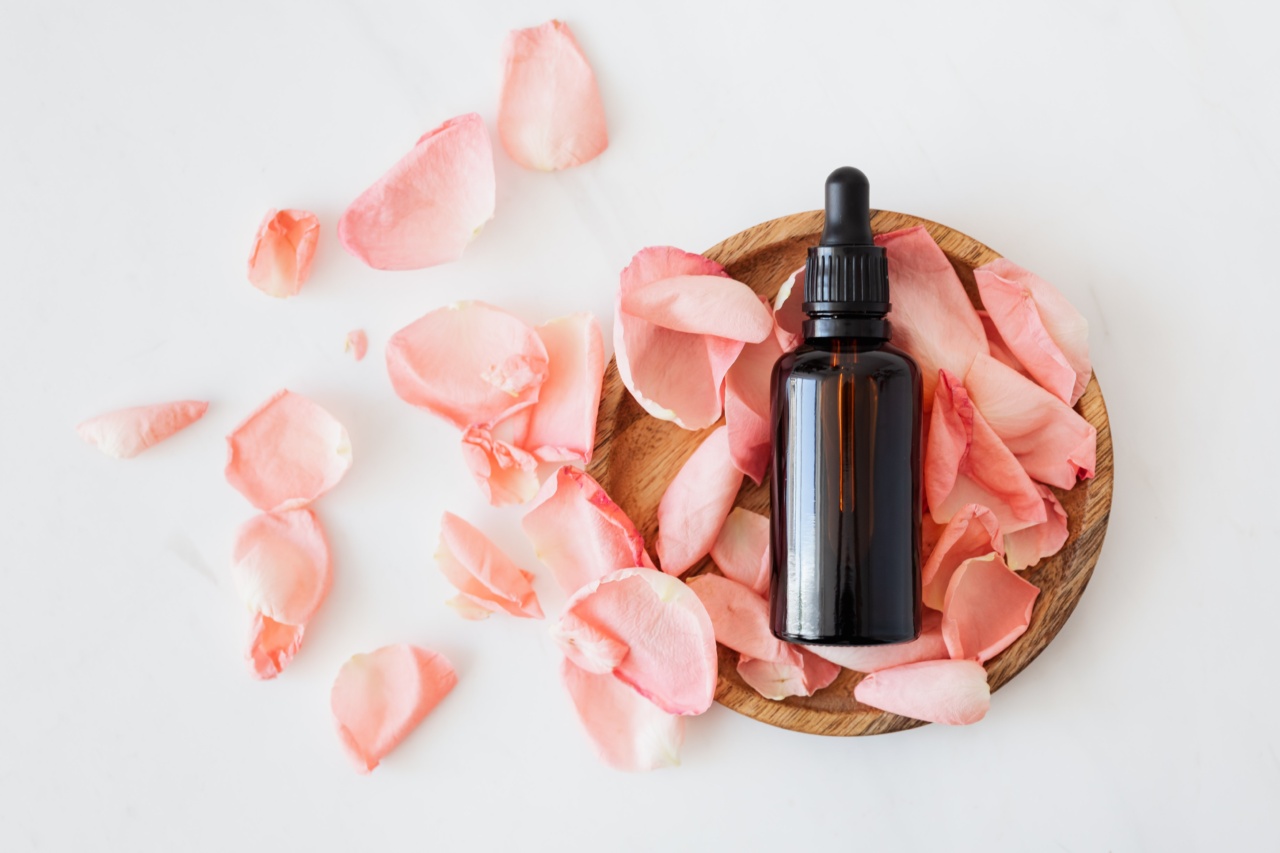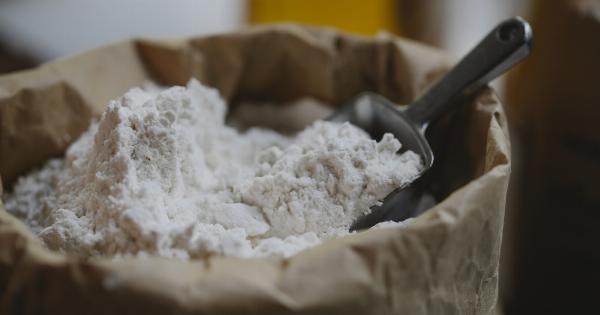In recent years, there has been a growing concern over the safety of cosmetic products and their potential to cause adverse reactions on the skin. One of the most common skin conditions that can be triggered by unsafe cosmetic ingredients is dermatitis.
Dermatitis is a broad term that refers to inflammation of the skin, and it can manifest in various forms, such as redness, itching, and swelling. This article explores the impact of unsafe cosmetic ingredients on the outbreak of dermatitis and highlights some of the main culprits to be aware of.
The Prevalence of Dermatitis in the Population
Dermatitis affects a significant portion of the population, with estimates suggesting that around 15-20% of individuals worldwide experience some form of the condition at some point in their lives.
While there are several factors that can contribute to the development of dermatitis, the role of cosmetic products cannot be ignored. These products contain a wide range of ingredients, many of which have the potential to cause skin irritation and trigger dermatitis outbreaks.
Common Unsafe Cosmetic Ingredients
1. Fragrances: Fragrances are a common additive in cosmetic products, offering a pleasant scent. However, they are also known to be a leading cause of skin allergies and dermatitis.
The complex chemical compositions of fragrances make it difficult to pinpoint the exact culprits, but common allergens include limonene, linalool, and geraniol.
2. Parabens: Parabens are preservatives used to extend the shelf life of cosmetic products. However, several studies have linked parabens to skin irritation and allergic reactions.
Methylparaben, ethylparaben, and propylparaben are some of the most commonly used parabens in cosmetics.
3. Formaldehyde: Formaldehyde and formaldehyde-releasing preservatives are often used in cosmetic products as stabilizers. These chemicals are known irritants and allergens and have been associated with the development of contact dermatitis.
4. Phthalates: Phthalates are frequently used in cosmetics to improve the texture and flexibility of certain products. However, they have been linked to allergic reactions and are believed to disrupt hormone function.
Diethyl phthalate (DEP) and di-2-ethylhexyl phthalate (DEHP) are commonly found phthalates in cosmetic products.
5. Sodium Lauryl Sulfate (SLS): SLS is a surfactant used in many cosmetic products, including shampoos and body washes, to create a foaming effect. However, prolonged exposure to SLS can cause skin dryness, irritation, and eczema-like symptoms.
The Importance of Label Reading
Given the potential risks associated with certain cosmetic ingredients, it is crucial for consumers to read product labels carefully.
Manufacturers are required to list the ingredients on their products, allowing consumers to make informed choices and avoid products that contain potentially harmful substances.
When reading cosmetic labels, it is advisable to look out for the following:.
1. Allergens
Check for common allergens, such as fragrances, preservatives, and dyes. These substances can be particularly problematic for individuals with sensitive skin or a history of allergic reactions.
2. Sensitizing Ingredients
Some ingredients have a higher likelihood of causing skin sensitization. This means that even if you have not had previous reactions to them, prolonged or repeated exposure may eventually lead to dermatitis.
Examples of sensitizing ingredients include certain essential oils, metals (e.g., nickel), and certain dyes.
3. Irritants
Even if an ingredient is not known to cause allergies, it may still have the potential to irritate the skin. Common irritants include certain alcohols, foaming agents, and harsh exfoliants.
Safe Alternatives to Unsafe Ingredients
Thankfully, many cosmetic companies are responding to the growing concerns regarding unsafe ingredients by offering safer alternatives.
Consumers can now find a range of products labeled “fragrance-free,” “paraben-free,” or “sulfate-free,” which are formulated without the common culprits mentioned earlier. Opting for such products may significantly reduce the risk of triggering dermatitis outbreaks.
Conclusion
Dermatitis is a common skin condition that can be triggered by unsafe cosmetic ingredients. Fragrances, parabens, formaldehyde, phthalates, and sodium lauryl sulfate are some of the main culprits associated with dermatitis outbreaks.
By reading product labels and opting for safer alternatives, consumers can reduce their risk of developing dermatitis. It is crucial for manufacturers and regulatory bodies to continue raising awareness and enforcing stricter regulations to ensure that cosmetic products are safe for use.































